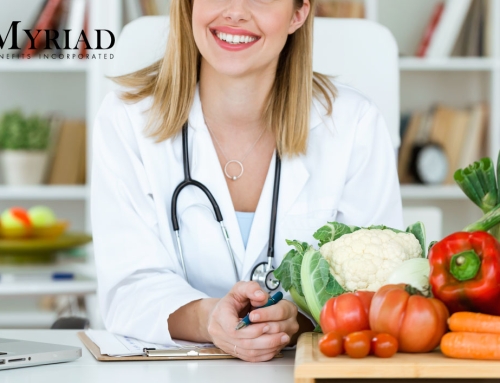La A1c es una prueba en sangre que ofrece información sobre los niveles de glucosa en la sangre en los últimos 3 meses. Se utiliza para diagnosticar la diabetes tipo 2 y prediabetes; y forma parte del manejo de la diabetes. El resultado de la prueba A1c se presenta en porciento. Mientras mayor sea el porciento, más alto son los niveles de la glucosa en la sangre.
A1c is a blood test that provides information about blood glucose levels in the last 3 months. Used to diagnose type 2 diabetes and prediabetes; and is part of diabetes management. The A1c test result is presented in percent. The higher the percent, the higher the blood glucose levels.
Diabetes is a chronic condition that occurs when the pancreas does not make insulin or the one made by the body cannot use it properly. Insulin is responsible for converting glucose (the sugar we get from food) into energy. Without insulin, they increase blood sugar levels by developing diabetes.
Type 2 diabetes is characterized by not producing enough insulin or the cells do not use it properly. The most common symptoms are: constant need to urinate, unusual thirst, extreme hunger, unusual weight loss and extreme fatigue and irritability. In addition, blurred vision, cuts/bruises that take time to heal, tingling or numbness in the hands or feet, and recurrent skin, gum, or bladder infections.
A1c is an important tool for managing diabetes; however, it does not replace the regular monitoring that a person with diabetes should perform regularly to measure blood sugar at home. This test is done in the laboratory and you do not need to do anything special to prepare.
According to the American Diabetes Association, ADA, determines that diabetes is diagnosed with a result of A1c greater than or equal to 6.5%.
A1c Result for Diagnosis of Prediabetes or Diabetes
| Diagnostic | Nivel A1C |
| Normal | Less de 5.7% |
| Prediabetes | 5.7% to 6.4% |
| Diabetes | 6.5% or more |
Age, pre-existing health conditions, among others, are determining factors in the results of the A1c test. Ask your doctor how often you get this test and what its ideal value would be. It is in your hands to control diabetes and reduce the risk of complications.
By: Tania Mangual-Monzón, MS, BHE
Sources:
American Diabetes Association
Centers for Disease Control and Prevention
National Institute of Diabetes and Digestive and Kidney Diseases














